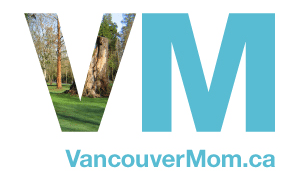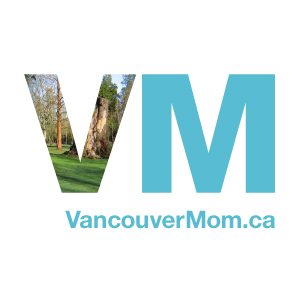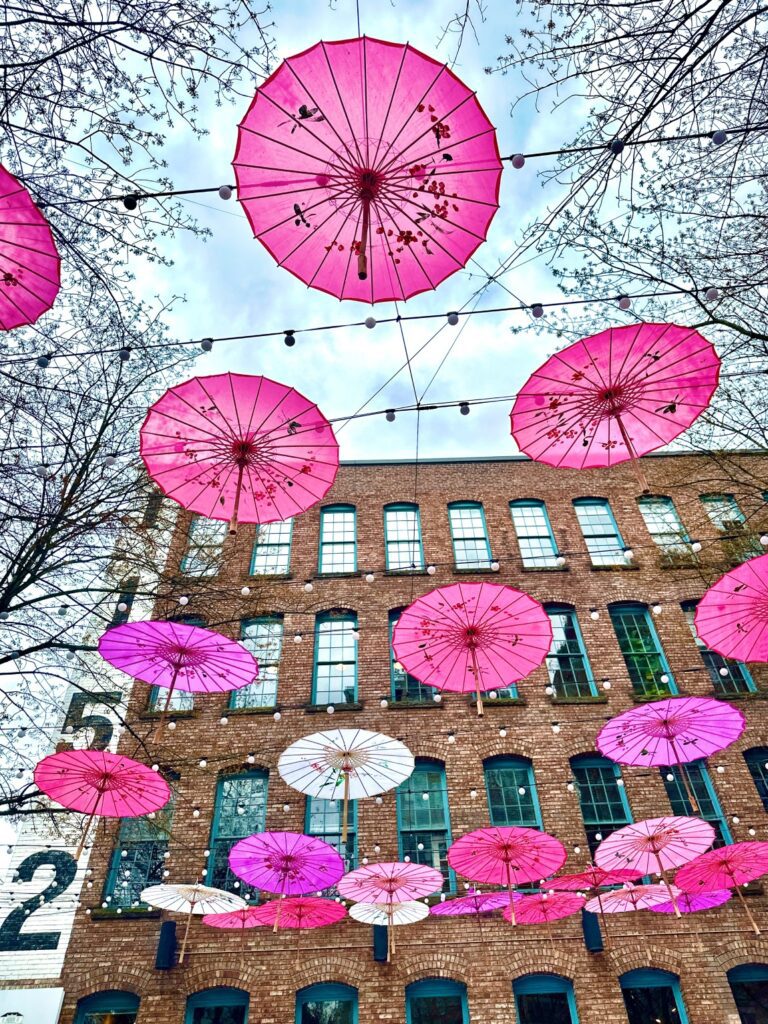10 Steps to Earthquake Preparedness

If the recent earthquakes have you worried, some family earthquake preparedness might help. Being a mom with a family to protect can make natural disasters seem extra scary, but when we turn that fear into action, it’s an empowering experience.
As busy moms, most of us have some of our planning done, but do we have all the basics covered? It’s hard to find long stretches of time to get it all done in a day, so break the planning into pieces and approach them one at a time.
10 Steps to Family Earthquake Preparedness
1. Start With a Mindset of Preparedness
 Being a mom, you’re already an expert at learning new things (remember, there was a time when you didn’t know how to change a diaper!). In learning to cope with everything from spills to sickness, you’ve got the personal resilience to handle the unexpected. Remind yourself: if an earthquake happens, you will handle that, too.
Being a mom, you’re already an expert at learning new things (remember, there was a time when you didn’t know how to change a diaper!). In learning to cope with everything from spills to sickness, you’ve got the personal resilience to handle the unexpected. Remind yourself: if an earthquake happens, you will handle that, too.
2. Educate Your Family About Earthquakes
Earthquake preparation is a whole-family activity. Explain the goal: that your family will be safe, and have what they need. Everyone will have ideas, questions and solutions to offer. Kids often really get into the planning, and including them is a great way to learn what they may worry about. Ask them to teach you the “duck, cover and hold on” skills they’ve learned at school. Help young children memorize their full names, and if possible, parents’ full names.
3. Assess and Secure Your Home
A home safety assessment is essential to minimize earthquake hazards:
- Identify furniture and appliances that could topple over.
-
If you just moved into a house with adt already installed then you’re in luck! Having the equipment there already is a great way to save money and protect your home.
- Secure bookshelves, televisions, and tall cabinets with earthquake straps.
- Install latches on kitchen cabinets to prevent dishes from falling.
- Use earthquake putty or museum wax to secure breakable items on shelves.
- Apply safety film on windows to reduce shattering risks.
4. Assemble an Earthquake Kit
Assemble an earthquake kit for the first 72 hours after a quake. Ordinary sources of heat, water, light, food and communications may all be unavailable, so include:
- Water: 4 litres per person per day for drinking, washing and cooking
- Non-perishable food: Ready to eat meals, energy bars and canned goods
- If you have a baby/toddler diapers, formula (stock extras, replacing them as used)
- Extra blankets, warm clothing, and a small tent
- Hygiene supplies: Toilet paper, baby wipes, and hand sanitizer
- Battery-powered/crank flashlight and radio
- Copies of insurance, identification and emergency contacts
- Entertainment items: Books, puzzles or board games for kids
5. Stock Up On Supplies
Now that you have a checklist, visit hardware and grocery stores to purchase emergency essentials. Store extra batteries, gas canisters, and a portable power bank for devices.
6. Know How to Shut Off Utilities
In case of a major quake, you may need to shut off gas and water to prevent fires and contamination. Locate your home’s gas shutoff valve and store a wrench nearby. Learn the process ahead of time to avoid confusion during an emergency.
7. Create a Family Emergency Plan
Establish a meeting place in case you’re separated. This can be a nearby park, a relative’s house, or a community center. Select an out-of-province contact who can relay messages if local networks fail.
8. Practice Your Earthquake Plan
Just like fire drills, earthquake drills are essential. Conduct practice runs at home so that children know where to take cover. Test emergency exits and run through different scenarios, such as evacuating during the night or when parents are away.
9. Build a Support Network with Neighbors
In a major disaster, emergency responders may be overwhelmed. Your neighbors will be your first line of support. Get to know those nearby and discuss preparedness plans. Identify individuals who may need extra help, such as seniors or families with infants.
10. Stay Informed and Stay Ready
Monitor earthquake forecasts and follow Emergency Management BC for real-time updates. Consider installing earthquake alert apps to receive early warnings and updates on seismic activity.
>> Read more on Is Your Family Prepared for an Earthquake?
Additional Earthquake Preparedness Tips
- Retrofit your home: If you live in an older building, consider earthquake retrofitting to reinforce the structure.
- Have an emergency “go-bag”: Store a lightweight version of your emergency kit in your car or office.
- Keep your phone charged: A portable solar charger can be a lifesaver if power is out.
- Ensure pet safety: Include pet food and medications in your emergency kit.
No one can predict exactly when a major earthquake will occur, but being prepared can make all the difference. By following these earthquake preparedness steps, you will ensure your family stays safe and resilient in an emergency.
Kate Taylor writes from her life experiences as a mom, chaplain, retreat centre director, and public service executive.
Would you like to write for us? We welcome well-written guest submissions with a local interest slant. Share your tips, review local businesses and highlight hot trends for Vancouver moms. Get all the info on our Contributor Page!


















